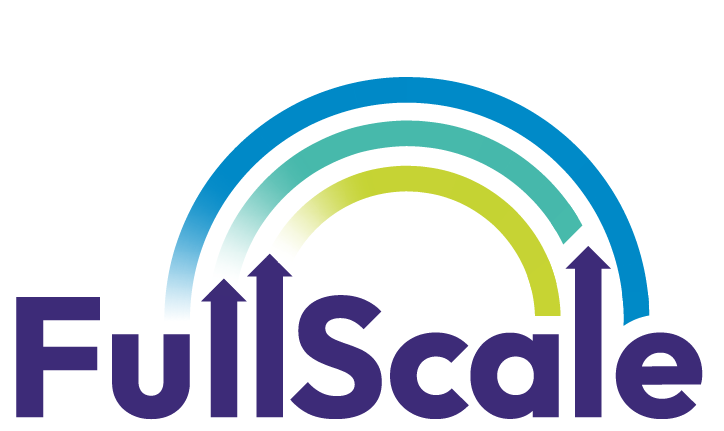Once, a long time ago, the land at the southern tip of Brooklyn was part of a massive ice sheet that swelled and receded for 90,000 years.
Its weight slowly pressed the ground down to bedrock and created an archipelago of islands. In time it was inhabited by the Canarsee, a group of Lenape Native Americans who called it Equindito, or “Broken Lands.”
It was a vibrant natural ecosystem—salt meadows and cedar forests, reed grasses and hay.
Then the Europeans arrived, bringing deceit and disease, and everything changed.
For generations afterward, the land remained sparsely inhabited. But a century ago, a new vision took root: the creation of New York City’s first municipal airport.
The makeover it required was intense: They used sand from nearby Jamaica Bay to fill the gaps between the islands and raise the ground sixteen feet above high-tide. At a time when planes still landed in dirt fields, they laid down five 200-foot-wide concrete runways. And in an era when flying was still something most people had never done, they designed a central terminal building with neoclassical details to remind people of things that were familiar—train stations and post offices.
Named after a Brooklyn native who was the first to fly to the North Pole, Floyd Bennett Field opened in 1931 to a crowd of 25,000 people, an aerial demonstration by Charles Lindbergh, and a flotilla of 600 U.S. Army aircraft.
It was a glorious start, and it was short-lived; in the end, the airfield’s location proved too far from the rest of the city to generate sufficient use, leaving it to gradually resume its natural state.
Across decades, wildflowers sprouted through the cracks in the concrete. Flora wound its way through broken windows and overtook entryways. And aside from a few remote outposts—a random archery field, a racetrack for remote-controlled cars, a rusting climbing tower—Floyd Bennett Field became so completely forgotten that today, most people who live nearby have never even heard of it.
That was how Geoff Roehm and his Launch Middle School colleagues found it when, in 2022, they came to spend a day in retreat, and beheld the ragged beauty of its abandoned landscape.
There must be a school here, they decided—a school that could somehow make this land the primary learning tableau. Yet in the weeks and months that followed, they realized this place required a grander ambition.
Not a single school, but an entire system. Not hundreds of kids, but tens of thousands of them. And not just a general education program, but a highly specialized set of pathways for careers that could create a more sustainable future.
“This part of Brooklyn is a thriving, underappreciated ecosystem,” Roehm explained. “Jamaica Bay has marshy islands and intertidal areas, it has whales and dolphins, and it provides the perfect habitat for more than 300 migratory birds. And right next to it, there’s this abandoned airfield spread across a stretch of land that is 500 acres larger than the entirety of Central Park.”
“What idea is big enough to respond to all those factors? What, we started to wonder, is the wisdom of this place calling out for us to create?”
